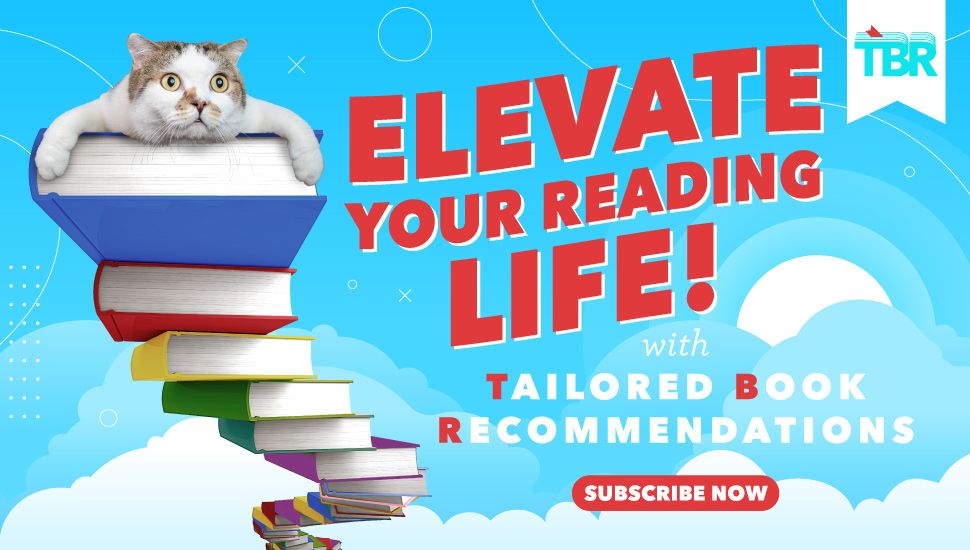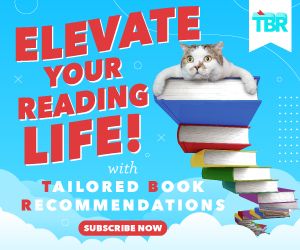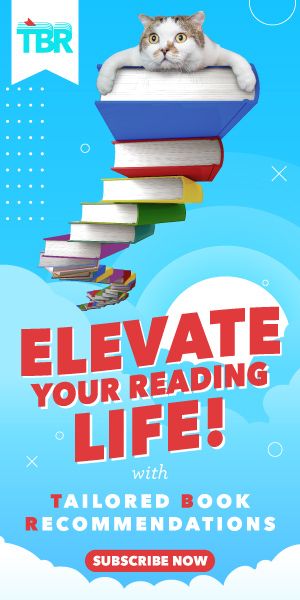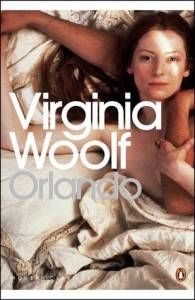
Reading Pathways: Virginia Woolf’s Lesser Known Works
As a massive Virginia Woolf fan I always feel a pang of sorrow when people say things to me like, “You’re reading Virginia Woolf? That’s so brave, she’s too complicated for me.” My heart breaks when I hear this because often this seems to come from a place of learned fear, a product of the same cultural understanding that tells us things like Shakespeare is Good Literature, Harlequin Romance Novels are Bad Literature, and Virginia Woolf is only for Smart People. (I’m not going to pick apart the various threads that have come together to produce this effect but my list of culprits includes: racism, sexism, colonialism, classism, and xenophobia.) While I know that there are people out there who just don’t enjoy reading Woolf, I think that the fear and mystery built around her work keep out many people who would otherwise like her.
I only managed to avoid having Woolf being ruined for me by accidentally picking her up in the library as a teenager and reading her at my own pace, unaware that I wasn’t supposed to be reading her for fun. When she showed up in the syllabi for my friends’ English classes I was horrified at how she was taught. In English courses from high school to college I saw friends having to read her quickly and then dissect for symbolism and themes- all of this within an aura of a Brilliant, Mysterious Writer whose books were treated like a collection of puzzles and riddles and social commentary that overrode any enjoyment of the plot.
For those out there who’ve been put off Woolf by a bad experience with Mrs. Dalloway, To the Lighthouse, or A Room of One’s Own but are interested in giving her another try I’ve put together three of my favorite Woolf books that tend to miss out on the spotlight.
Let’s start with a novel that follows a member of Elizabethan England’s aristocracy through love affairs, travel, an otherworldly sex change, centuries of English history, and conversations about literary criticism. Unlike her other works which focus on the drama within the average middle-class life, this book meanders throughout the strange lifetime of an apparently immortal woman. One of my favorite features of this book is how casual Woolf is about the ambiguous sexuality of Orlando’s various relationships and Orlando’s fairly blasé attitude toward falling asleep a man and waking as a woman. With Orlando a reader gets those classic Virginia Woolf paragraphs that wander throughout the minutia of daily life but packaged in a novel that has a more traditional structure and syntax than some of her other works. For those nervous about her novels with their twisting sentences, shifting viewpoints, and cults of literary snobs who love to tell you the proper interpretation of her symbolism this is a great novel to start off with.
If you enjoyed Orlando and are ready to try something a little more “daring” than I highly recommend Woolf’s first novel. Her later success would allow her to really experiment with the form of fiction to produce the novels that we associate with her, but even in this early work we see her beginning to break with convention around point of view and structure. This combination of traditional and new forms make this book a not too scary next step. Moving away from the fantastical plot of Orlando we’re now entering the classic Woolf trope of ordinary (sad) middle-class people whose inner lives can be used to examine society. This time she takes an eclectic group of strangers and puts them together into close-quarters (first a ship across the Atlantic and then a hotel in South America) where they’re forced to interact, which produces revelations on humanity and the world and a smothering London society. This potentially dull philosophizing is made engaging with a series of gripping intertwining plots that include gay love, a young woman coming of age, grumpy old people, and an appearance by a certain Mrs. Dalloway years before she would get her own novel.
Now that we’ve gotten comfortable with Virginia Woolf’s more intimidating features I think we’re ready to read my absolute favorite Woolf book ever. I’m in the camp that this is one of her most ambitious projects; it’s a novel that follows a group of six friends from early childhood throughout their very different lives, literally until their last breaths. One of my favorite features of Woolf’s writing is her ability to put us right inside the brain of character with beautiful monologues and in The Waves this technique takes on new life as the entire novel is told from within the inner-thoughts of the main characters. In the hands of some authors this form would produce a confusing, jumbled stream of conscious that exists more for the author’s ego than the reader’s enjoyment, but Woolf skillfully works it into a seamless narrative that flows with humor, betrayal, romance, friendship, and all the other joys and terrors of life.











